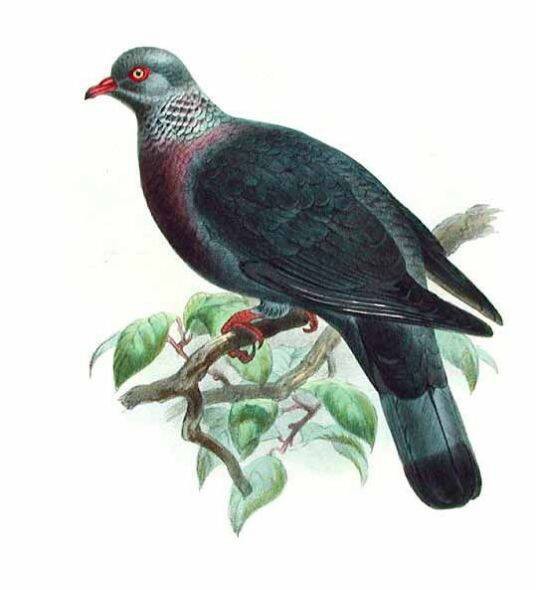
Columba trocaz
Columba trocaz,Trocaz Pigeon
Columba trocaz, or Trocaz Pigeon, is unknown.Listed in the International Uni···
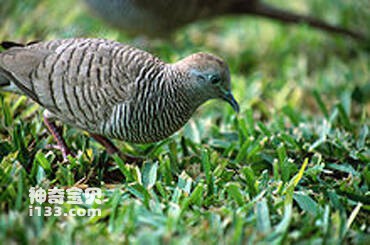
Columba oliviae
Columba oliviae,Somali Pigeon,Somali Stock Dove
The species is known as Columba oliviae, Somali Pigeon and Somali Stock Dove···
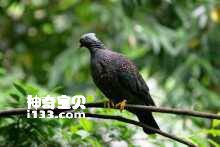
Columbaarquatrix
Columbaarquatrix
The yellow-eyed pigeon is Columbaarquatrix, but its behavior is unknown.List···
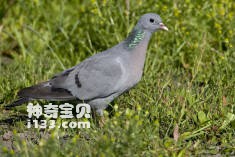
Columba oenas
Columba oenas,Stock Dove
Columba oenas (Stock Dove) has two subspecies.European pigeons are resident ···
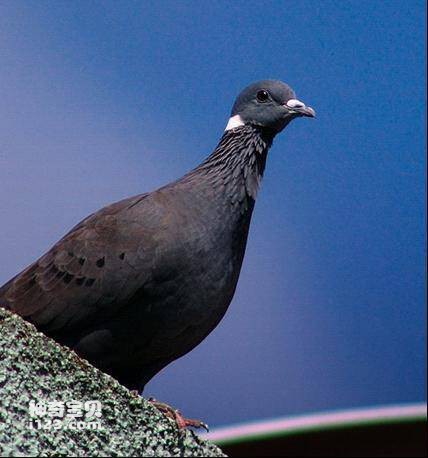
Columba albitorques
Columba albitorques,White-collared Pigeon
The White collar Pigeon is Columba albitorques, and the foreign name is whit···
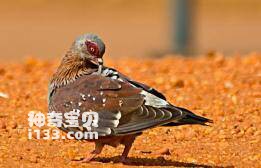
Columba guinea
Columba guinea,Speckled Pigeon
The name is Columba guinea, Speckled Pigeon, the specific habit is unknown.P···
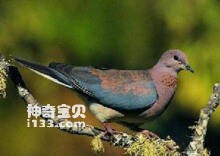
Columba leuconota
Columba leuconota,Snow Pigeon
The Snow Pigeon (Columba leuconota) has two subspecies.Snow pigeons are resi···
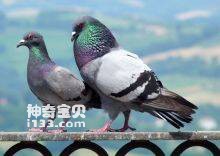
Columba rupestris
Columba rupestris,Hill Pigeon
The rock Pigeon (Columba rupestris) is known as Hill Pigeon and has two subs···
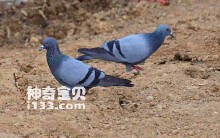
Columba livia
Columba livia,Rock Pigeon
The original Pigeon (Columba livia) is known as Rock Pigeon and has nine sub···
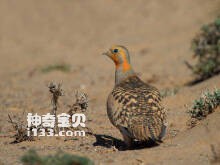
Pterocles burchelli
Pterocles burchelli,Variegated Sandgrouse
Variegated Sandgrouse is Pterocles burchelli and variegated sandgrouse.Prote···
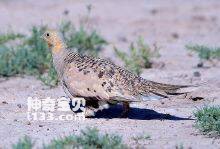
Pterocles bicinctus
Pterocles bicinctus,Double-banded Sandgrouse
Its scientific name is Pterocles bicinctus, and its foreign name is Double-b···
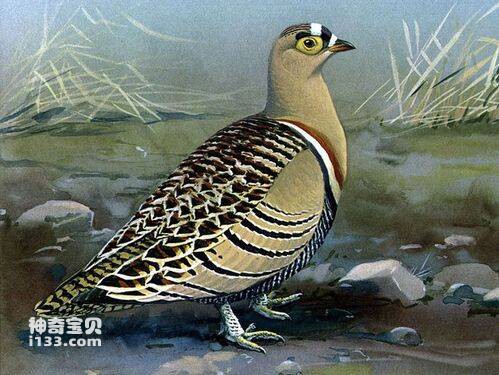
Pterocles quadricinctus
Pterocles quadricinctus,Four-banded Sandgrouse
Its scientific name is Pterocles quadricinctus, and its foreign name is Four···
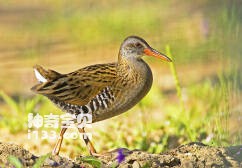
terocles indicus
terocles indicus,Painted Sandgrouse
Its scientific name is terocles indicus, and its foreign name is Painted San···
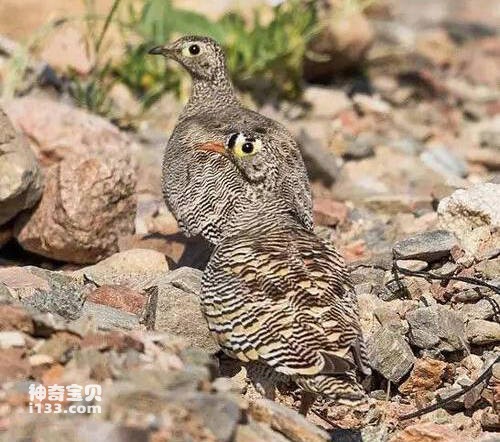
Pterocles lichtensteinii
Pterocles lichtensteinii,Lichtenstein's Sandgrouse
Its scientific name is Pterocles lichtensteinii, and its foreign name is Lic···
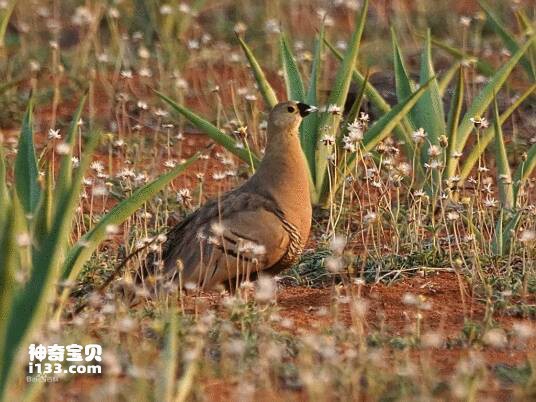
Pterocles personatus
Pterocles personatus,Madagascar Sandgrouse
Its scientific name is Pterocles personatus and its foreign name is Madagasc···
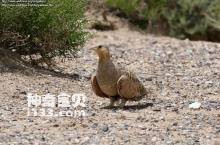
Pterocles coronatus
Pterocles coronatus,Crowned Sandgrouse
Its scientific name is Pterocles coronatus and its foreign name is Crowned S···
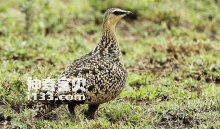
Yellow-throated
Yellow-throated Sandgrouse
The Yellow-throated Sandgrouse is Pterocles gutturalis and yellow-throated s···
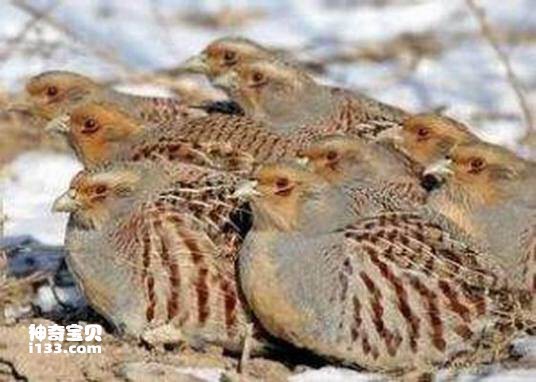
Pterocles senegallus
Pterocles senegallus,Spotted Sandgrouse
斑沙鸡学名Pterocles senegallus,外文名Spotted Sandgrouse,具体习性不详。保护···
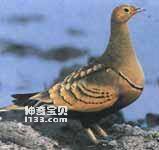
Pterocles exustus
Pterocles exustus
Pterocles exustus (Pterocles exustus) is a medium-sized bird with a beak sim···
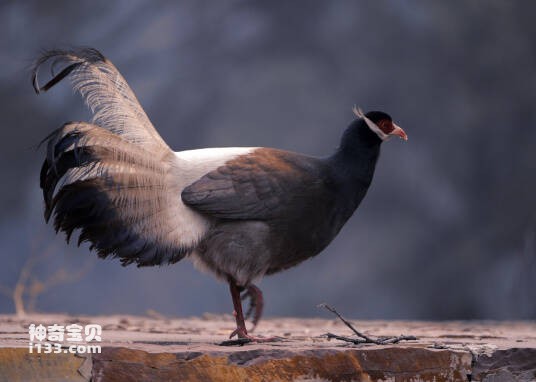
Pterocles namaqua
Pterocles namaqua,Namaqua Sandgrouse
Its scientific name is Pterocles namaqua and its foreign name is Namaqua San···
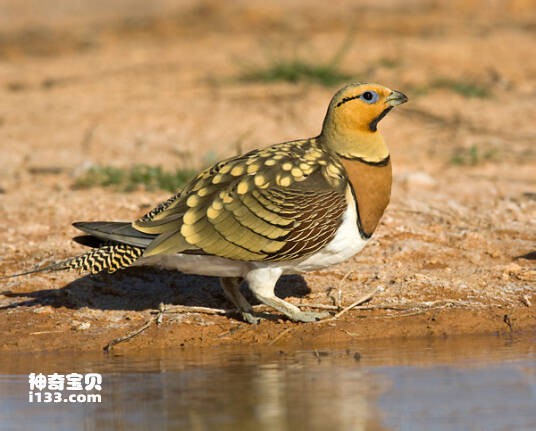
Pterocles alchata
Pterocles alchata
Pterocles alchata, or Pterocles alchata, lives in flat, dry areas, and the d···
